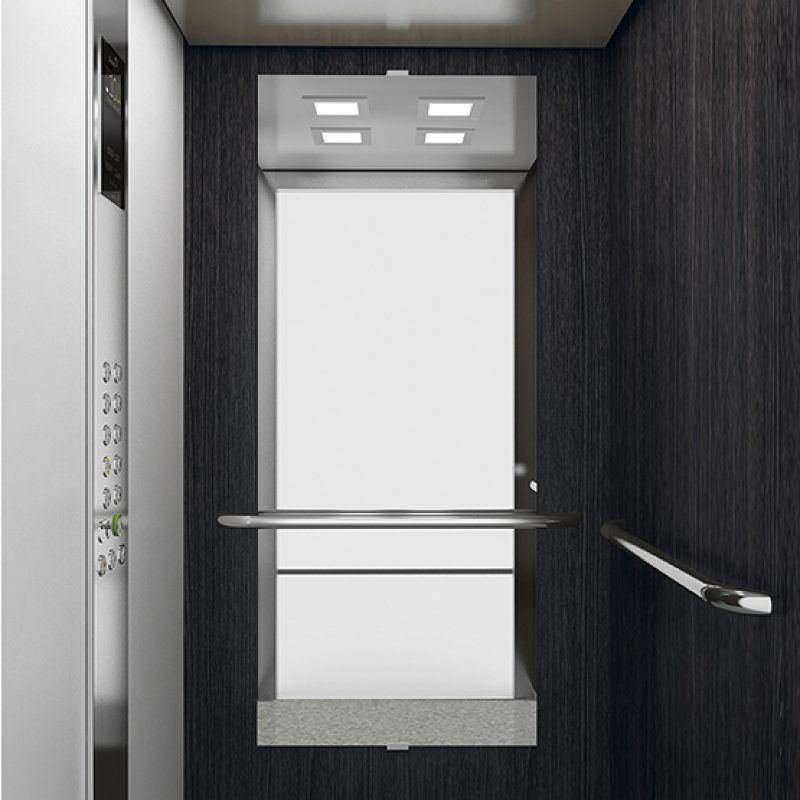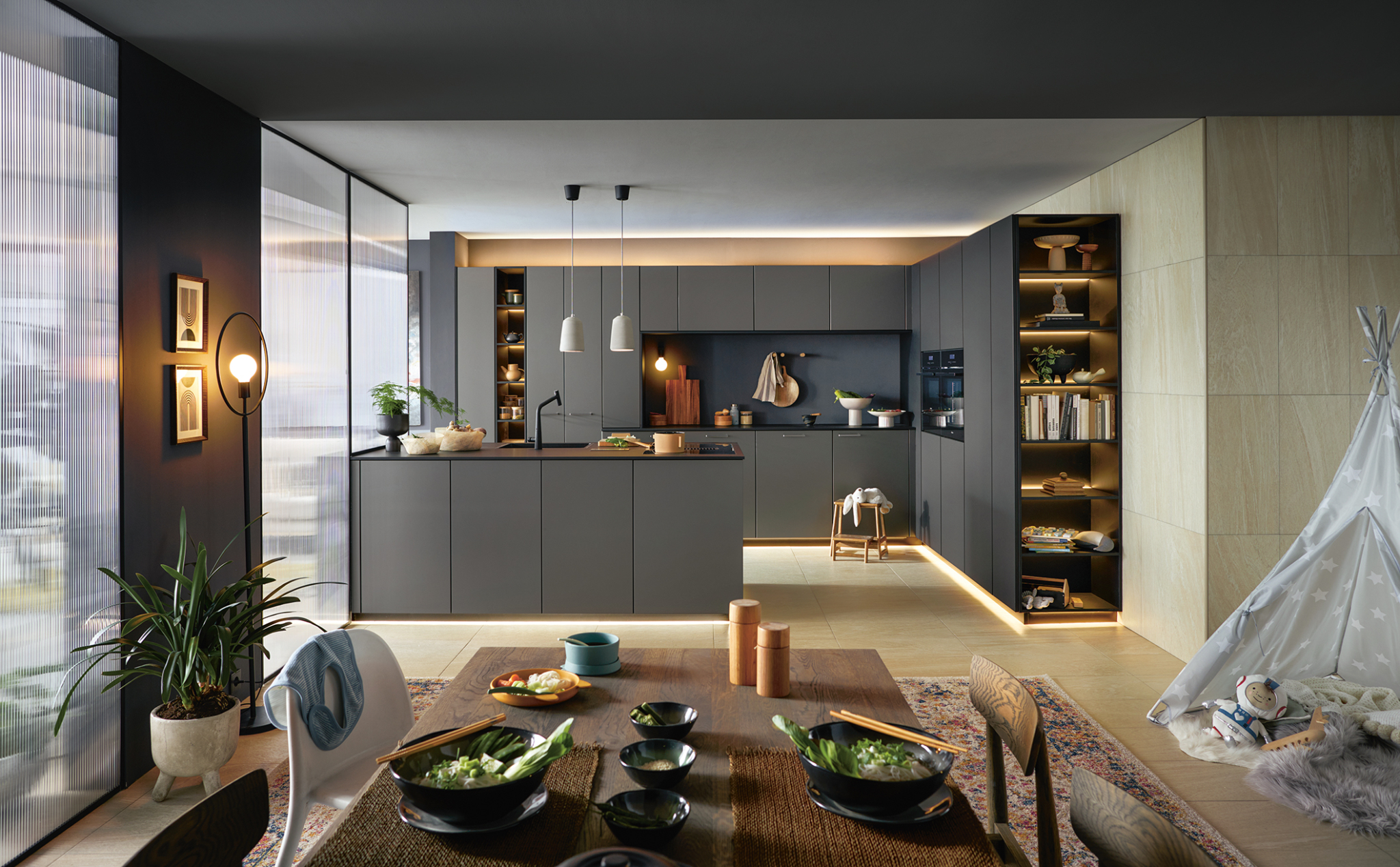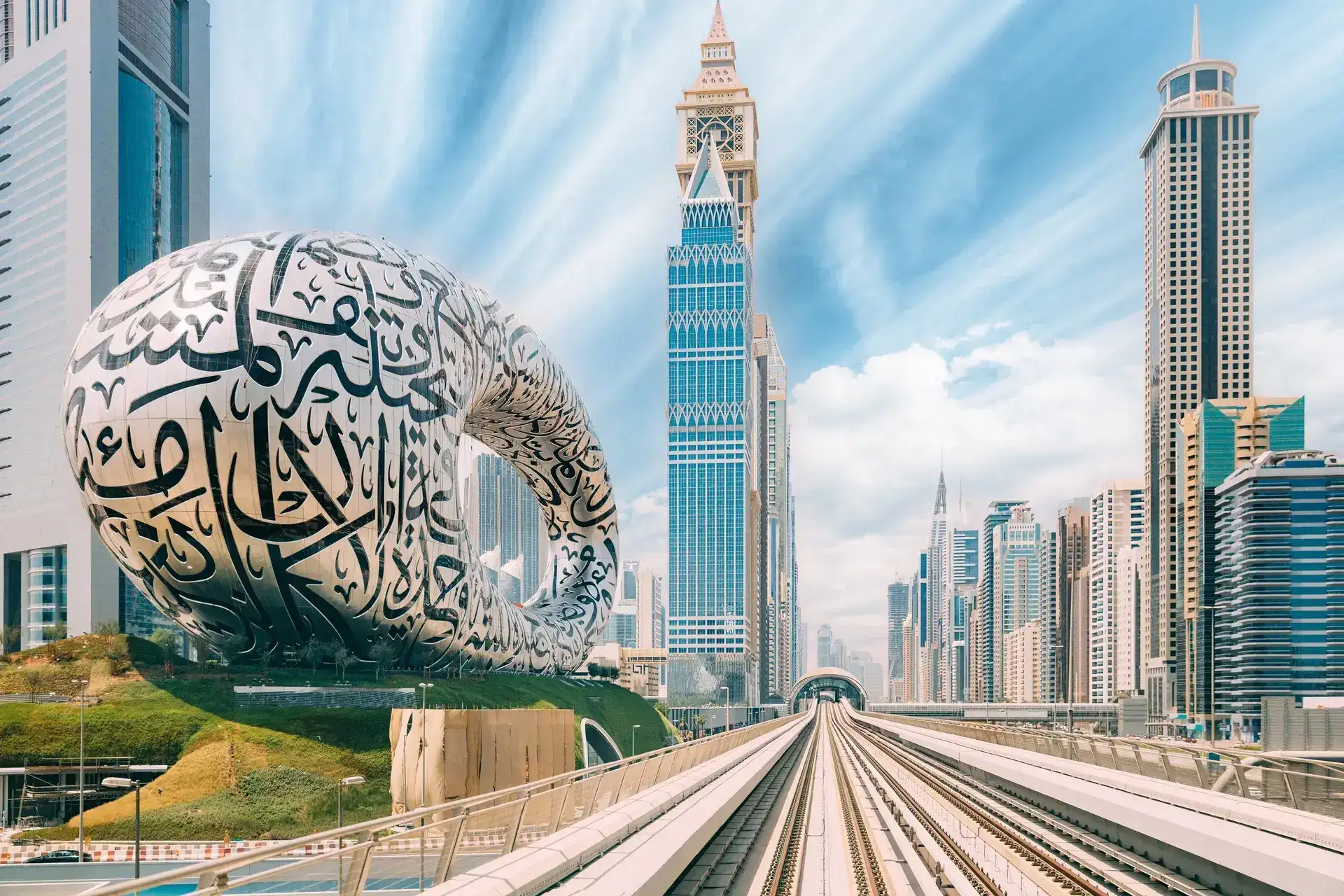Owning a TAG Heuer watch is an investment in both style and precision, but over time, repairs may become necessary. Rather than paying full price for repairs, there are several ways to reduce costs without compromising the quality of service. By exploring different repair options and understanding what can be done to maintain your watch, you can save money while keeping your TAG Heuer in excellent condition.
To start, Tag Heuer UAE online services can often provide insights into the available repair options for your watch. Many online platforms offer advice, recommendations, or even direct links to authorised repair centres that provide competitive pricing.
Choose an authorised service centre
One way to save on repairs is by choosing an authorised TAG Heuer service centre. While third-party watch repair shops may seem like a cost-effective option, going with an official repair centre ensures the use of original parts, which may extend the life of your watch. Additionally, some authorised centres offer discounted repair rates during special promotions, saving you money while keeping your watch in top shape.
Regular maintenance to avoid expensive repairs
Regular maintenance of your TAG Heuer watch is essential for avoiding costly repairs in the future. Services like battery changes, cleaning, and waterproof testing, when done periodically, help prevent more severe issues down the line. By maintaining your watch at regular intervals, you may save money in the long term by avoiding extensive repairs.
Compare repair costs
Before committing to a repair service, take time to compare prices from different providers. Many authorised and independent repair shops offer quotes for watch repairs, so reviewing these quotes can help you choose a more affordable option. Ensure to inquire about the cost of both the labour and any necessary parts, as these can vary by location.
Look for warranty coverage
If your TAG Heuer watch is still within its warranty period, repairs may be covered or offered at a reduced cost. Check the terms of your warranty to see what is included, as some repairs may be fully covered. In this case, you won’t need to worry about paying for the repair yourself.
Avoid unnecessary repairs
Sometimes, watch repairs can be more expensive than necessary. To save money, assess whether certain issues require immediate attention. For example, if the watch is working well apart from minor scratches or cosmetic damage, it may not be worth the cost of repair at that moment. Considering necessary repairs can help you manage costs effectively.









